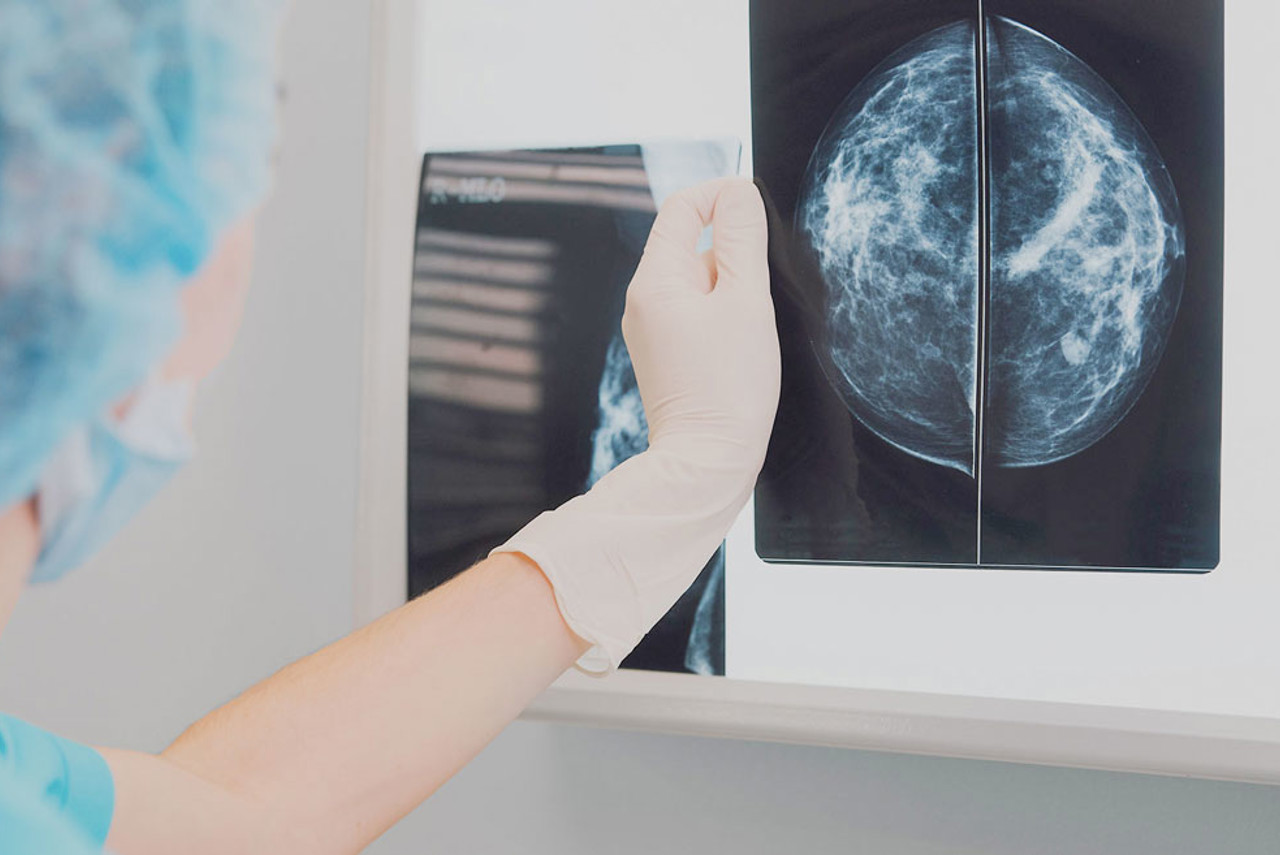There are two types of mammography: screening and diagnostic.
Screening mammograms are performed if you have no breast abnormality or family history. Diagnostic exams are performed when you have a symptom such as a lump.
At Queensland X-Ray, 3D mammography is standard in all practices. A 3D mammogram (or a breast tomosynthesis exam) is very similar to a traditional mammogram; however, it shows the breast tissue in thin ‘layers’ typically one millimeter thick. 3D imaging reduces obscuring tissue overlap and can assist in the detection of small breast cancers in comparison to traditional mammography.
Mammography FAQs
-
- Our team will provide any specific instructions at the time of booking and these should be followed carefully.
- Please shower before the appointment and we ask that you refrain from using deodorant, antiperspirant, talcum powder, perfume or lotions, as this can interfere with the quality of the images.
- Please bring any previous examinations performed outside of Queensland X-Ray with you. If you have had your previous mammograms with us, we will have your images stored.
- Please arrive early for your appointment as you will need to change into a gown. We recommend wearing a separate top and bottoms during your appointment as this makes changing for the examination easier.
- On arrival, please present to reception. You will be asked to complete a short questionnaire about your medical history.
- We recommend you have an appointment one week after your period has finished, as this is when your breasts are less tender.
-
- You will be asked to remove the gown and lean towards the machine as the radiographer places your breast on a flat plate that is moved to the correct height.
- A plastic paddle is then lowered onto the breast to compress the breast tissue. It will be done as quickly as possible, applying the optimal amount of compression to obtain the best images. The compression only lasts for a few seconds, and although it may be a little uncomfortable, it is essential to the success of the examination.
- This is usually repeated on both breasts with two images performed of each breast.
- In most cases, we will also recommend you have a breast ultrasound examination. These two imaging modalities are complimentary and will provide the information required to make an accurate diagnosis.
- Following the mammogram, a breast radiologist will review the images to ensure we have captured everything they need to provide a report.
-
A radiographer or mammographer, who is a trained medical professional, will perform your mammogram.
A radiologist will make a diagnosis upon review of the images captured by the mammographer.
All of our radiographers who perform mammograms are female.
How much will it cost?
Fees for radiology procedures will vary depending on a variety of factors. We will advise you about the cost of your service at the time of booking but if you do have any questions, contact us and one of our team will be happy to help with your query. You can read more about our billing information here.
How do I access my images?
At Queensland X-Ray, we provide our patients with their images and results online. To access your images and results, you’ll need to register for an account when you visit one of our practices. If you’ve already registered, you can access the Patient Portal here.

